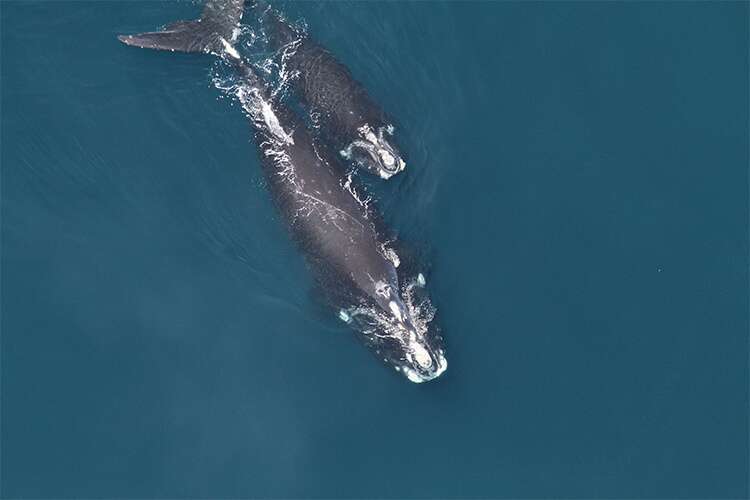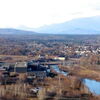
Processing Your Payment
Please do not leave this page until complete. This can take a few moments.
- News
-
Editions
-
- Lists
-
Viewpoints
-
Our Events
-
Event Info
- Business Leaders of the Year Reception 2025
- Women's Leadership Forum 2025
- On the Road with Mainebiz in Bethel
- Health Care Forum 2025
- On The Road with Mainebiz in Greenville
- On The Road with Mainebiz in Waterville
- Small Business Forum 2025
- Outstanding Women in Business Reception 2025
- On The Road with Mainebiz in Bath
- 60 Ideas in 60 Minutes Portland 2025
- 40 Under 40 Awards Reception 2025
- On The Road with Mainebiz in Lewiston / Auburn
- 60 Ideas in 60 Minutes Bangor 2025
Award Honorees
- 2025 Business Leaders of the Year
- 2024 Women to Watch Honorees
- 2024 Business Leaders of the Year
- 2023 NextUp: 40 Under 40 Honorees
- 2023 Women to Watch Honorees
- 2023 Business Leaders of the Year
- 2022 NextUp: 40 Under 40 Honorees
- 2022 Women to Watch Honorees
- 2022 Business Leaders of the Year
-
-
Calendar
-
Biz Marketplace
- News
- Editions
- Lists
- Viewpoints
-
Our Events
Event Info
- View all Events
- Business Leaders of the Year Reception 2025
- Women's Leadership Forum 2025
- On the Road with Mainebiz in Bethel
- Health Care Forum 2025
- On The Road with Mainebiz in Greenville
- + More
- On The Road with Mainebiz in Waterville
- Small Business Forum 2025
- Outstanding Women in Business Reception 2025
- On The Road with Mainebiz in Bath
- 60 Ideas in 60 Minutes Portland 2025
- 40 Under 40 Awards Reception 2025
- On The Road with Mainebiz in Lewiston / Auburn
- 60 Ideas in 60 Minutes Bangor 2025
- - Less
Award Honorees
- 2025 Business Leaders of the Year
- 2024 Women to Watch Honorees
- 2024 Business Leaders of the Year
- 2023 NextUp: 40 Under 40 Honorees
- 2023 Women to Watch Honorees
- 2023 Business Leaders of the Year
- + More
- 2022 NextUp: 40 Under 40 Honorees
- 2022 Women to Watch Honorees
- 2022 Business Leaders of the Year
- Nomination Forms
- Calendar
- Biz Marketplace
Lobstermen: More data needed to determine if Maine gear is entangling right whales
 Photo / Laurie Schreiber
More than 100 fishermen and government officials were at Tuesday’s meeting in Ellsworth to provide input on the federal government’s latest proposals to protect the North Atlantic right whale.
Photo / Laurie Schreiber
More than 100 fishermen and government officials were at Tuesday’s meeting in Ellsworth to provide input on the federal government’s latest proposals to protect the North Atlantic right whale.
Lobster fishing gear needs to be made identifiable by location in order to indicate whether Maine-based gear is harming North Atlantic right whales.
That was the consensus of a crowd of over 100 fishermen and government officials who appeared at a federally convened meeting in Ellsworth last night.
The National Oceanic and Atmospheric Administration is in the midst of holding eight meetings from Maine to Rhode Island to get input on proposed changes to the Atlantic Large Whale Take Reduction Plan. Based on the endangered whale’s current population, the agency’s overall goal is to reduce serious injuries and deaths from entanglements in lobster trap gear by 60% to 80%.
The primary proposal for reducing that risk is to reduce the number of “endlines” used in the fishery by half.
Endlines are the vertical lines that connect lobster traps that are on the ocean bottom with a buoy at the sea surface. The buoy identifies where the traps are, and the vertical lines are used to haul up the traps.
The proposals include connecting more traps to each other, called “trawling up,” on the bottom, which would reduce the number of endlines.
NOAA is requesting comments on management options and their potential impact on fishermen, including operational challenges and the time and costs required to modify gear. Those modifications might include changing the number of traps per trawl to reduce endline numbers, installing new line or “breakaway sleeves” and expanding gear marking requirements.
“The pending regulations are likely to have a large impact on the fishery,” Department of Marine Resources Patrick Keliher said at the meeting.
The department held its own series of meetings with lobstermen throughout the state in June, and plans to do so again starting in late August, he said.
Gear marks
In general, fishermen argued that right whales aren’t present in the waters where they fish. They said they’re put at a disadvantage in the discussion, because when a whale is found entangled in gear, it’s impossible to tell where the gear originated. A system of gear-marking by location should be established and stay in effect for one to two years to collect the relevant data, many said.
It was also noted that right whale entanglements, as well as ship strikes, are occurring with increasing frequency in Canadian waters, not Maine waters.
Nevertheless, said presenter Michael Asaro with the Greater Atlantic Regional Fisheries Office in Gloucester, Mass., federal law pertaining to endangered species requires action to reduce human impacts if deaths in a population exceeds certain limits. In the case of the North Atlantic right whale, that limit is less than one death per year. There have been 28 known deaths in U.S. and Canada waters over the past three years.
Compounding that problem is the low number of females of reproductive age, he said. It’s estimated that there may be 400 or fewer right whales; of that, it’s estimated there are 95 females of reproductive age.

Keliher noted that most of Maine’s lobster fishery occurs in inshore waters, which is not considered critical habitat for right whales.
Communities at risk
“There are no right whales in Maine waters,” said Rocky Alley, president of the Maine Lobstering Union. Of the proposals Alley added, “This is drastic. All of our communities could dry up and blow away. If we don’t have lobstering, we have nothing. We don’t have any other source of income.”
“We’re not only dealing with the lives and livelihoods of our fishermen and their crewmen, the dock workers, the buyers, the dealers, the entire industry,” said Julie Eaton, a Stonington lobsterman. “We’re also dealing with the lifeblood of our island and coastal communities.”
Eaton and others said the trawling-up proposal would put lives at risk.
“All that additional rope on the boat is dangerous and people will die,” Eaton said. “Go back to the drawing board. Come before us with relevant science.”
In a written statement, Maine Lobstermen’s Association Executive Director Patrice McCarron said the association “is acutely aware right whales are endangered and is committed to help the species recover.”
But, she noted, the right whale population increased from 295 whales in 1997 to more than 480 whales in 2010. During those years, the Maine lobster fishery operated at its current size and scale, but reduced the amount of rope fished and modified its gear through federal regulation. Those modifications, she continued, resulted in a downward trend in the incidence of entanglement cases observed in U.S. lobster gear, which decreased from eight cases prior to 2010 to only one case, which was due to Massachusetts lobster gear.
The MLA continues to reject the 60% risk reduction goal for Maine “because it is clearly unsupported by documented evidence of actual interaction between right whales and Maine lobster gear,” she said.
The MLA asked federal regulators to reconsider its evaluation of other threats to right whales and their habitat such as seismic testing, offshore wind developments and offshore aquaculture.










0 Comments